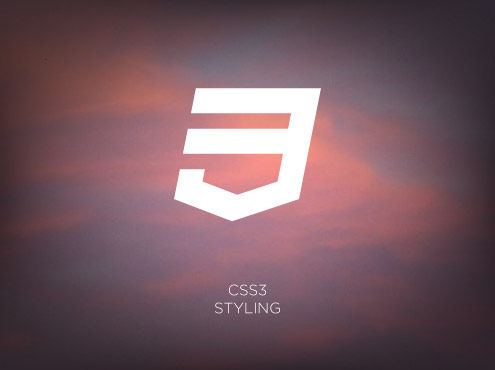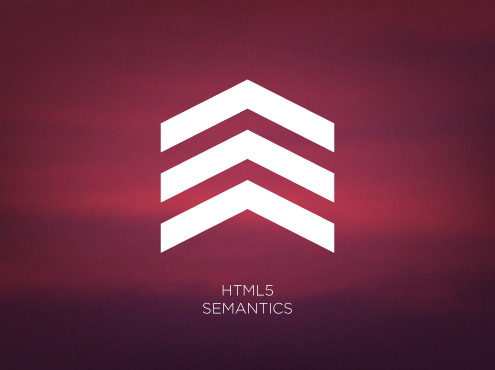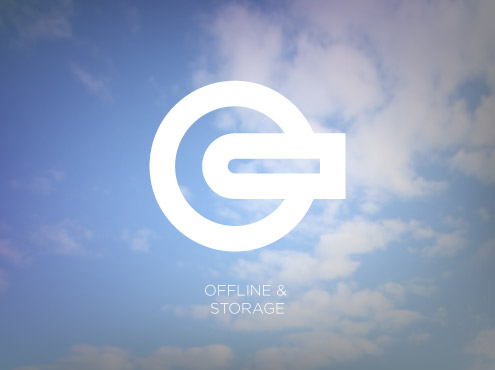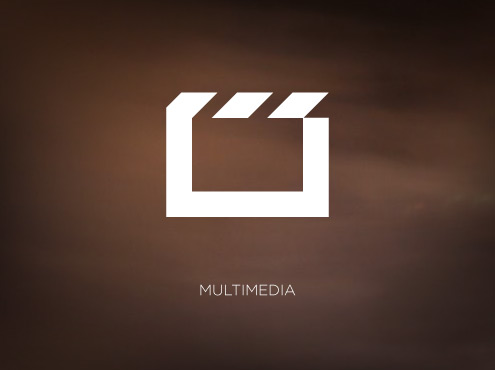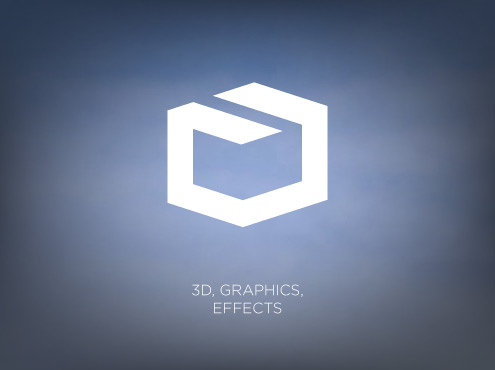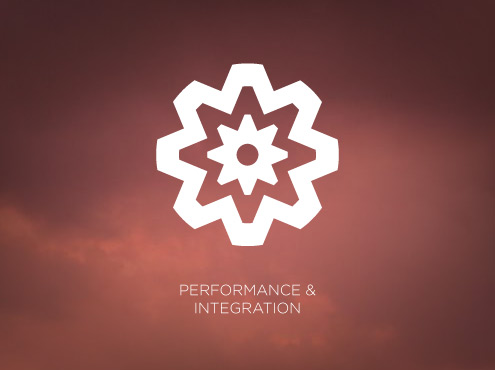Welcome
Project background |
|
We have learned a lot about life science in Tokyo Tech. However, through “policy and practice” interaction to general public people at early stage of our project plannings (Fig. 1-1-1), we noticed that we don’t know what economics is like in detail. Therefore, we decided to create an educational tool showing the economics by using E. coli, our familiar XXX. We think that an educational tool using E. coli will be perfect for iGEMers. |
|
Fig. 1-1-1. Appearance of the poster session |
|
Story |
|
Our educational tool for economics has three types of E. coli: Bank, Company, and Customer. (Fig. 1-1-2). Like the exchange of money and products in the real economy, we make these E. coli exchange products and money in this system. Company makes products, and sell them to customers. Customer pays money for the products made by Company. Bank regulates money supply. 中央銀行FRBやXXやXXを示しているよ。⇒That means FRS, or a certain hamburger franchise. Here, signal molecule of the quorum sensing. 3OC12HSL and C4HSL represent products and money. |
|
Fig. 1-1-2. Relationship among three types of E.coli |
|
Company and Customer have an interdependence by using two types of cell-cell commutation molecules:C4 and C12. 簡潔すぎThe results of co-culture experiment is Fig. 1-1-3 共培養でXXXが分かる |
|
Fig. 1-1-3. The result of co-culture assay |
|
Compared with the case of single culture , coexistence with Company and Customer in one test tube grow better. Modeling (Fig. 1-1-4) shows the same results to the wet experiment.we show the same results to the experiment. Mathematical modeling also shows this interdependent promotion of growth. |
 |
Fig. 1-1-4. The modeling of co-culture in large scale |
|
 |
However, in the real economy, there isn’t only one but many companies . In other words, money and products have traded in a small scale. Therefore, we thought we also should trade money and product in a smaller scale. In modeling (Fig. 1-1-5), as the scale become small, Company and Customer can't keep interdependent. So we should improve our system/solve this problem. |
Fig. 1-1-5. The modeling of co-culture
in small scale |
|
| We made two solutions to this problem | |
First, we changed the level of Prhl .The results of Prhl is Fig. 1-1-6. Prhl (RR) was known as much leaking. So, we made Prhl (RL) which leaks smaller than Prhl (RR). |
|
Fig. 1-1-6. The result of Prhl assay |
|
Second, we introduced Bank which regulates money (C4HSL) supply into our system Depending on the concentration of money (C4HSL), Bank switches to “collection state” and “distribution state”. In the collection state, bank decomposes money (C4HSL) and product (3OC12HSL). In distribution state, bank produces money (C4HSL) and releases it to market, which is the liquid medium in our experiments. In modeling (Fig. 1-1-7), bank helps the growth of Company and Customer. |
|
Fig. 1-1-7. The modeling of co-culture including Bank |
|
Thanks to advice from people in 企業社会, we also introduced economic wave into this project to show more authenticity. We designed money (C12HSL) supply in external economy. In modeling (Fig. 1-1-8), even if there are economic wave, Bank helps the growth of Company and Customer. |
|
Fig. 1-1-8. The modeling of co-culture
with economic wave |
|
Future Works |
|
Our big dream is to humanize E. coli. By using E. coli behaving as if it has the humanity, we are eager to reproduce the whole human society inside the test tubes. For the first step, we put an eye on money, which is essential for our lives. By sending and receiving signals as money circulation, we recreated the system of economy. Although economy was chosen for our target in this project, we believe we can recreate any human dramas, such as E. coli falling in love or becoming a liar, inside the test tubes as well in the near future. |
|
In our project, Customer E. coli and Company E. coli are always threatened of Cm. They cannot live without Bank E. coli which modifies C4HSL and C12HSL, since the CmR resistance gene cannot be expressed without these signals. That depicts not only the common capitalistic rule “Bank modifies the giving and taking between Customer and Company”, but also recreates the human nature. |
|
Man cannot live without others. We can live only when we remain some relationship with people. The dramatic story of our three E. coli (Bank, Customer, and Company) derives from this Information-processing system to recreate our humanity, too. |
|
 "
"

